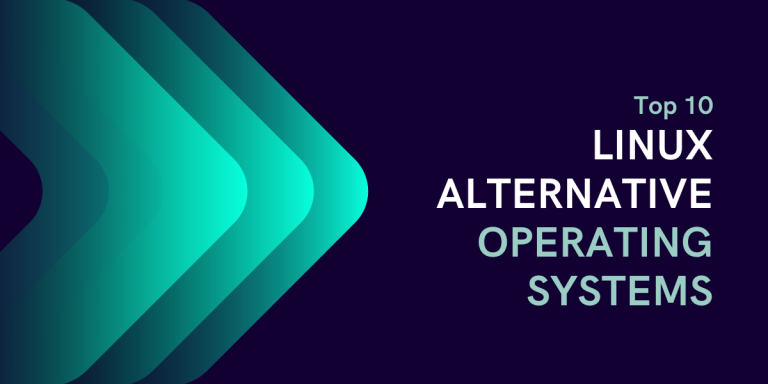In this article, we will be looking at 10 Linux alternative Operating Systems. The obvious two would be Windows and macOS but we will look at other ones than these two.
List of Linux Alternative Operating Systems
When it comes to open-source Operating Systems, Linux would be, unanimously, the most popular and widely used one. Yet there are some operating systems with different designs and philosophies than Linux. Some are quite similar while some are radically different.
Let’s look at these operating systems.
1. Haiku
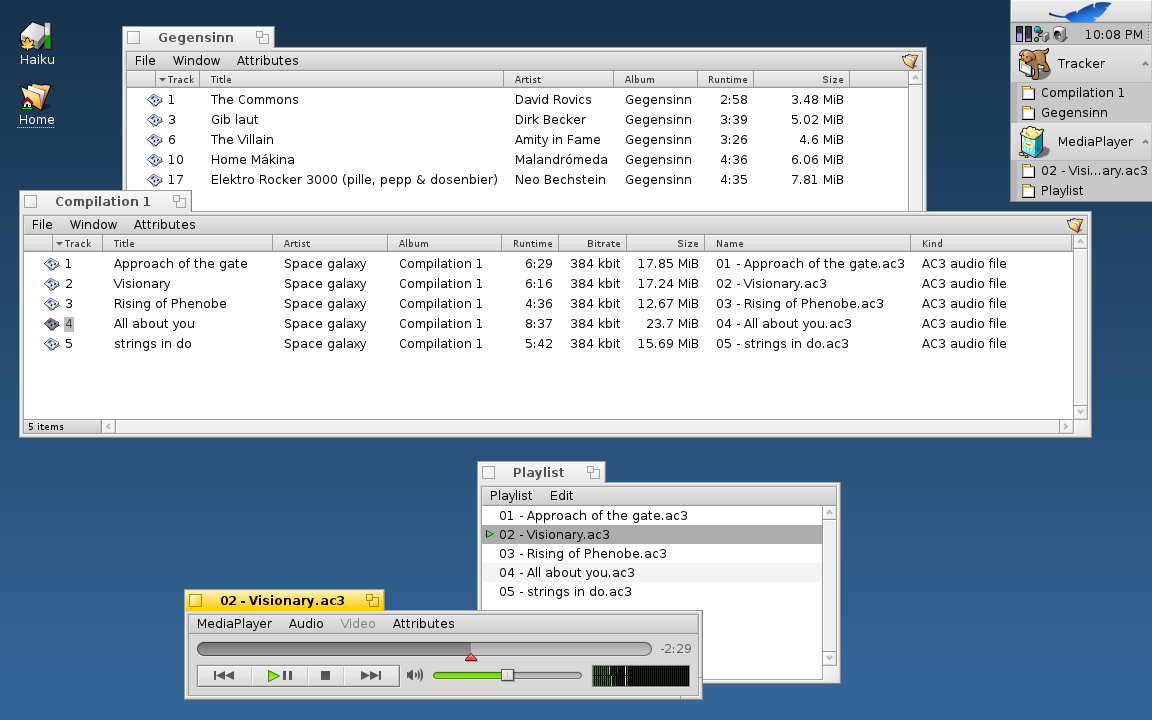
Haiku is a very interesting Operating System. It is blazingly fast, thanks to its focus on efficiency and speed. It is inspired by Be OS, an OS of the 1990s that never really took off. Haiku is a fully open-source reimplementation of Be OS, bringing the concepts and ideals of Be OS in the 21st Century. It is written in C and C++ and it has a unique concept that every window is a thread by default
2. ReactOS
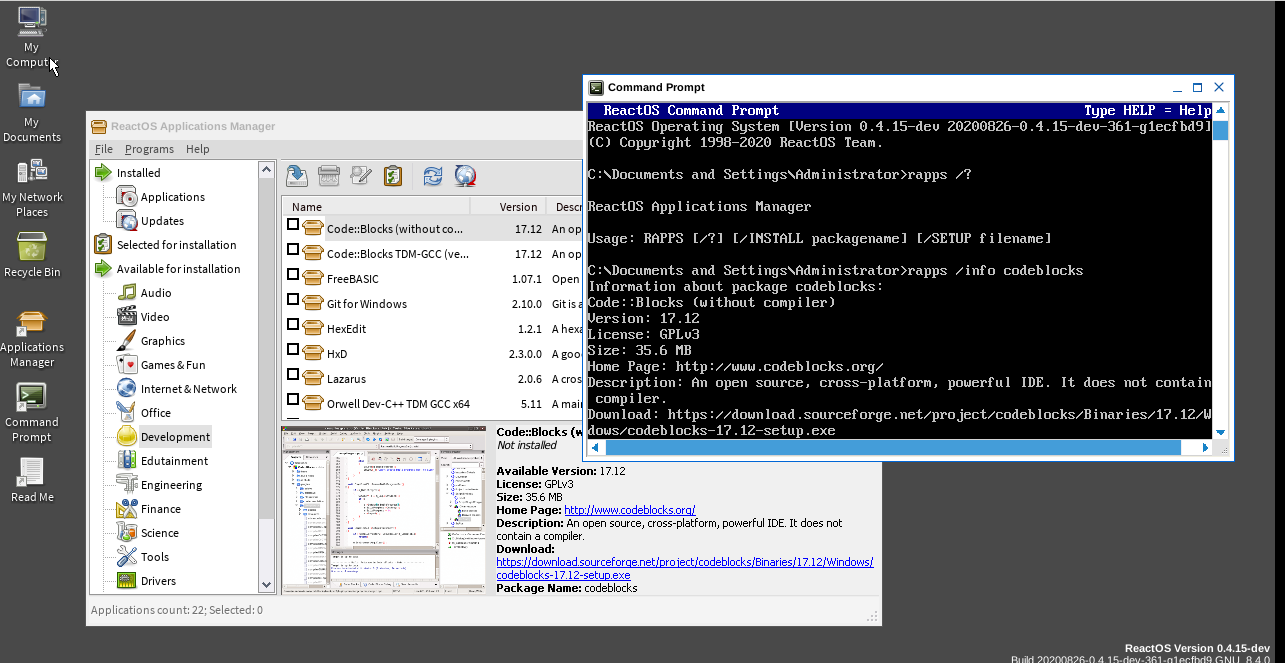
ReactOS is a free and open-source operating system with a focus on being a drop-in replacement for Windows. It is binary compatible with Windows, hence many programs for Windows work in ReactOS without any extra work.
3. Friend OS

Friend OS is a cloud-based OS which means it can be accessed from almost any device – even smartphones! You only need a web browser to use it. It is an open-source OS and can be deployed on your own servers though they also provide their servers for a fee. A demo of Friend OS can be requested from their website.
4. Solaris
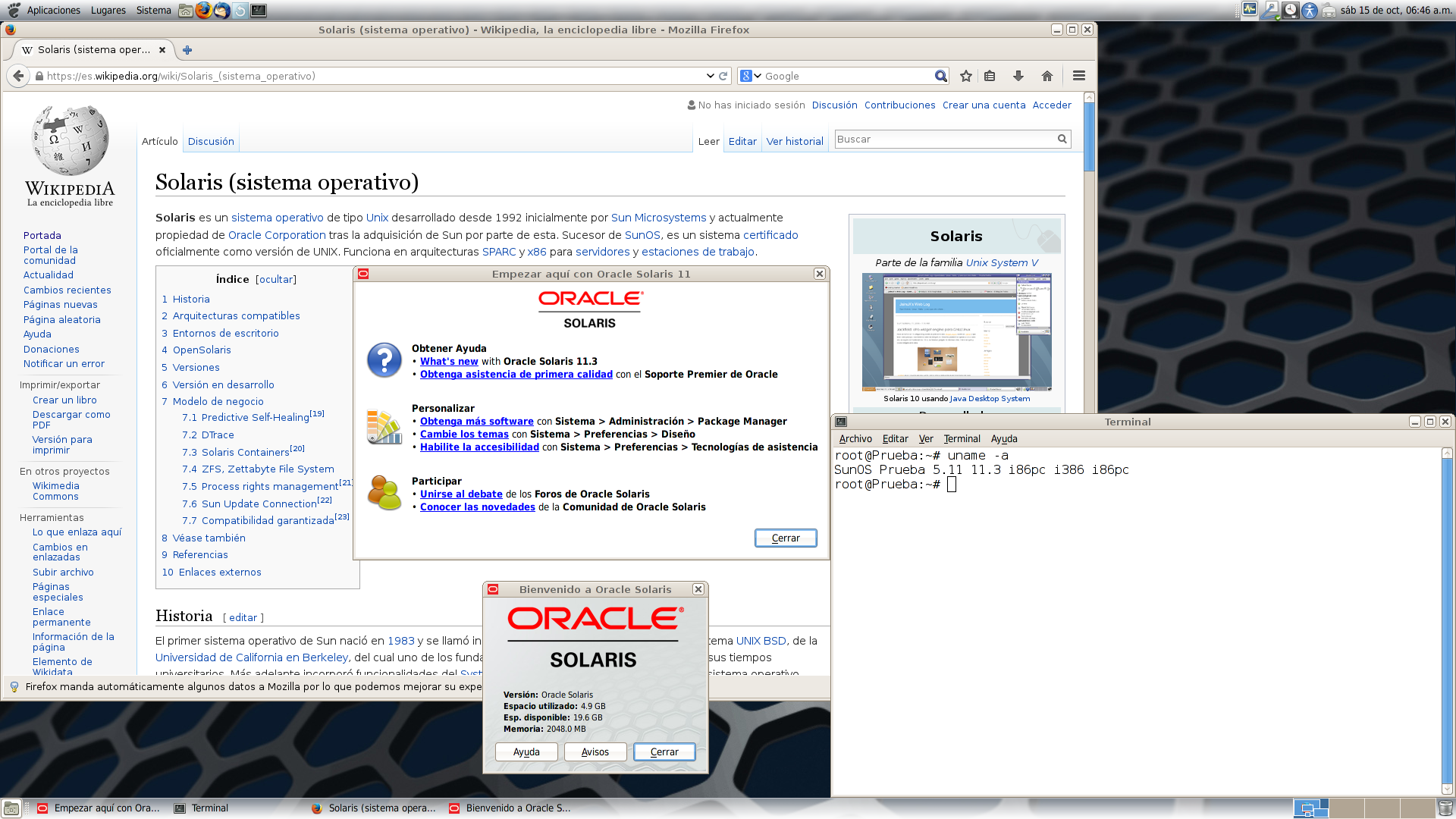
Solaris is a proprietary Unix OS currently developed by Oracle. It was renamed ‘Oracle Solaris’ after Oracle’s acquisition of Sun Microsystems. One of the few UNIX based OSs in active development, it touts features such as excellent backward compatibility and cloud friendliness.
5. Minix
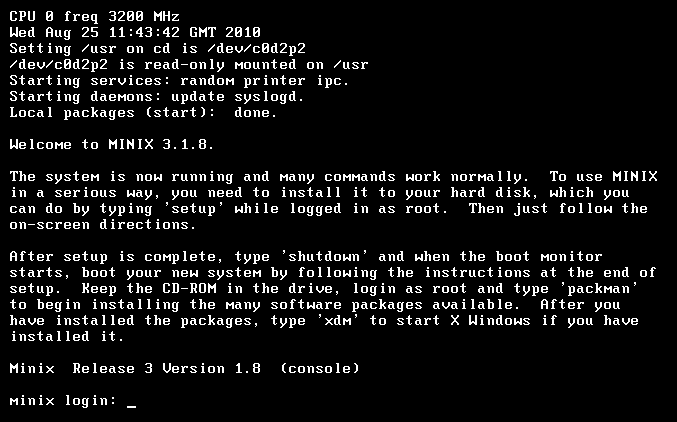
Minix is a Unix-like operating system based on a microkernel. It was created by Andrew S. Tanenbaum for educational purposes. Minix is also the operating system that inspired Linus Torvalds to create Linux. The rest of the operating system runs as a number of isolated, protected, processes in user mode. The benefit of this structure is that programs with bugs or malicious intent are isolated and can’t take over the full system.
6. OpenBSD
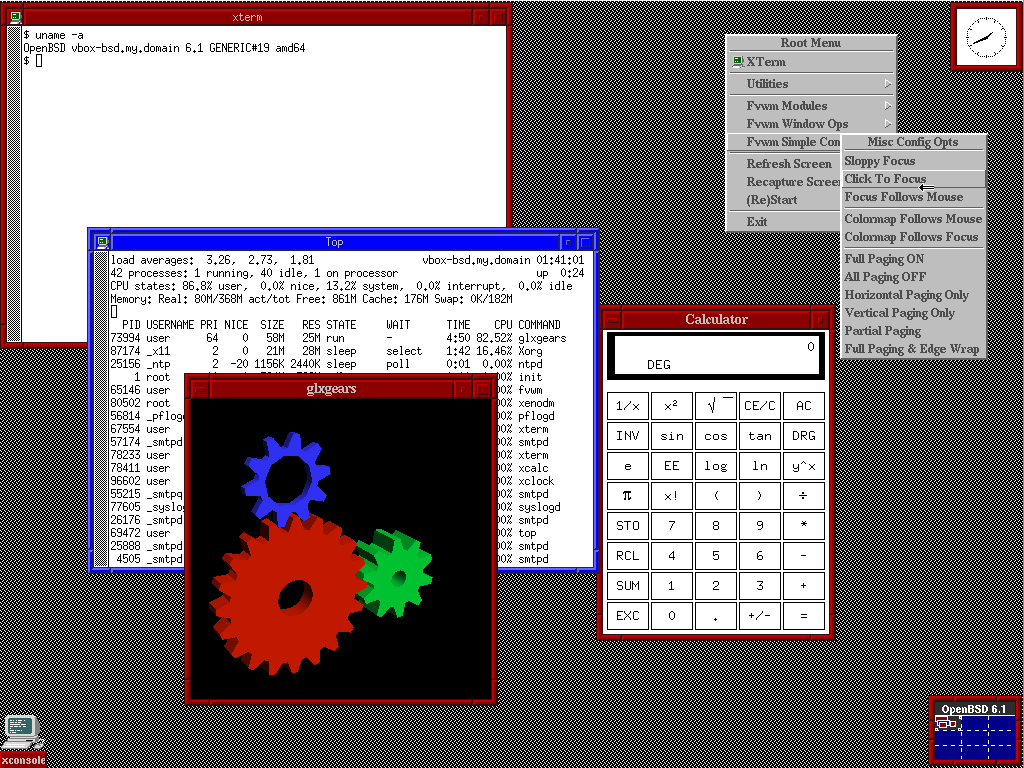
OpenBSD is a security-focused, free and open-source, Unix-like operating system based on the Berkeley Software Distribution. OpenBSD in 1995 by forking NetBSD. According to de Raadt, the creator of OpenBSD, it is a research operating system for developing security mitigations. Several well-known applications like SSH (from OpenSSH) come from OpenBSD.
7. OS/2 Warp
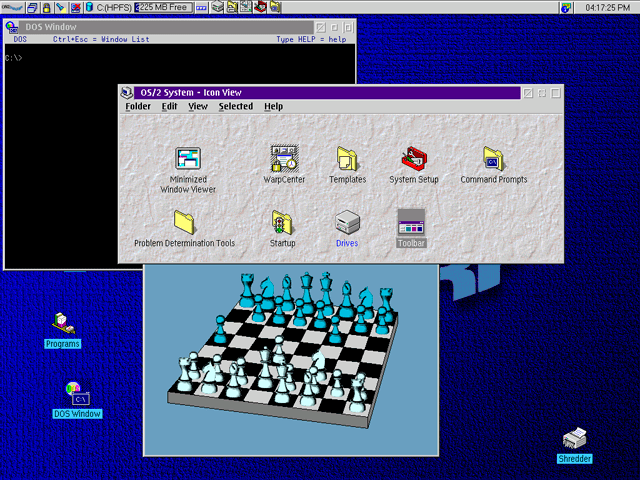
OS/2 was a series of Operating Systems created by Microsoft and IBM. Its development fell to IBM due to a feud between the two companies about where to position OS/2 relative to Microsoft’s new Windows 3.1 operating system. In the last of the series being Warp 4, IBM stopped its sales after 2001. OS/2 was advertised as ‘A better DOS than DOS, A better Windows than Windows’. It offered excellent out of the box compatibility with DOS and could also run Windows applications.
8. Arca OS
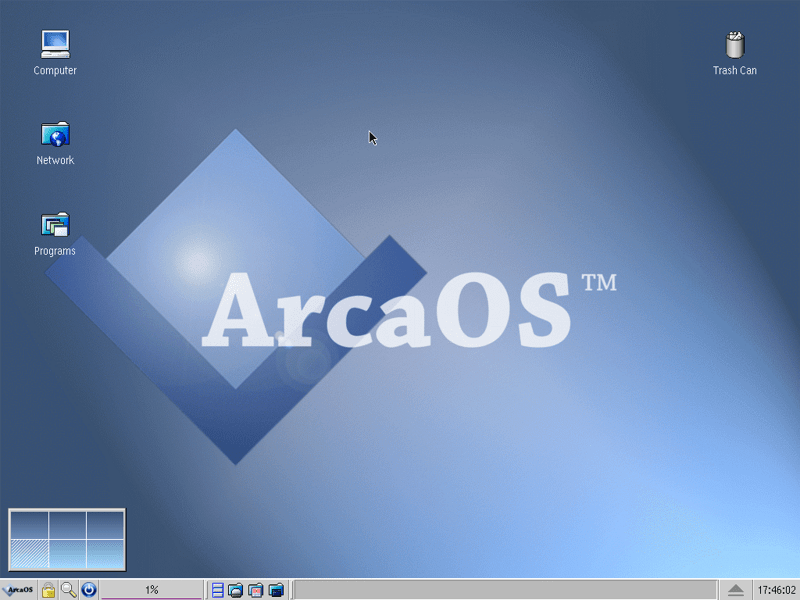
Arca OS is based on OS/2 Warp 4 and is actively developed. It offers Unix compatibility and can run legacy OS/2 Applications. It is mainly used by businesses with legacy OS/2 based applications. Since it is based on OS/2, it can also run legacy DOS software.
9. FreeDOS
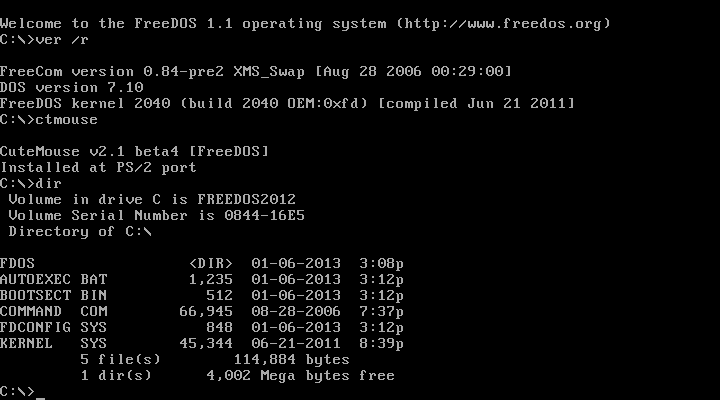
FreeDOS is an open-source alternative to DOS. Its uses include running legacy business applications, playing DOS-based Games, and embedded systems development.
10. Chrome OS
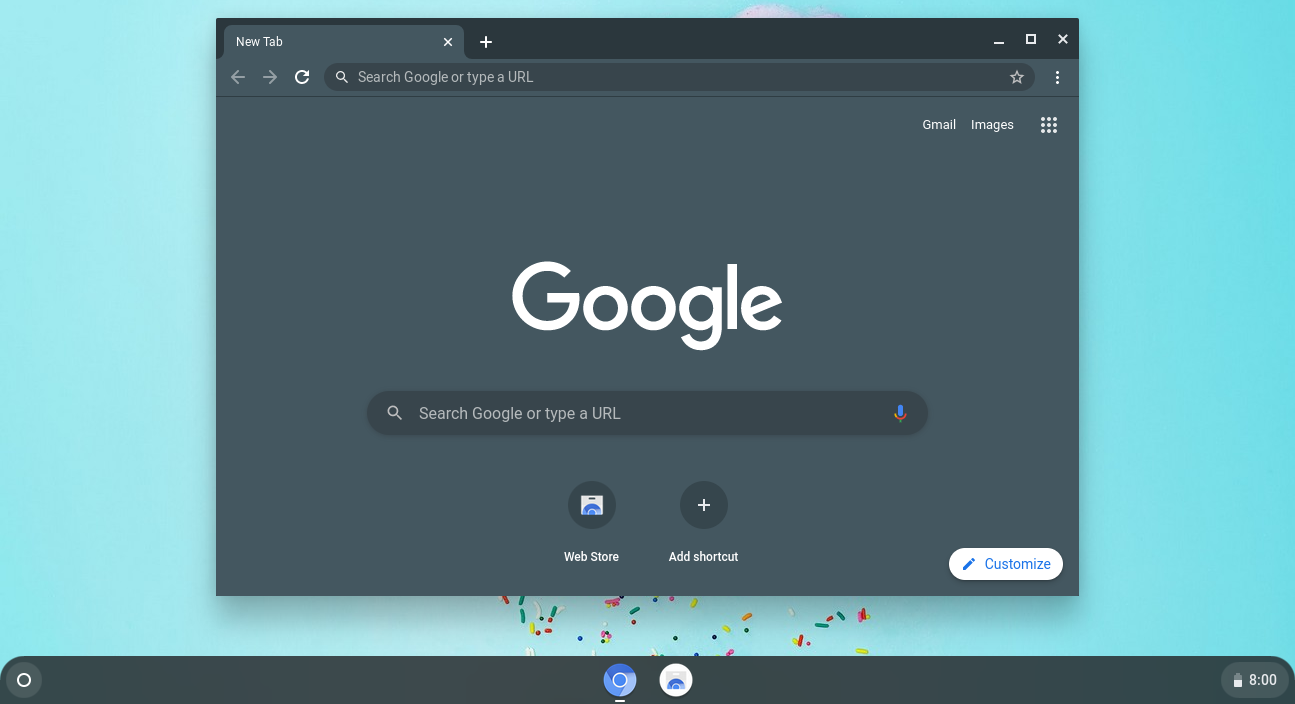
The last on this list, Chrome OS is an actively developed OS by Google for its line of Chromebooks. It is based on Chromium OS, which is an open-source Operating System. It aims to provide a unified platform for Android Apps, PWAs (Progressive Web Apps), and Linux Apps.
Over to you…
That was our list of the best Linux alternative operating systems. Have you tried any of those? Which one did you enjoy the most? If you have another alternative OS that you enjoyed more than the ones we covered in this list, do let us know in the comments!

